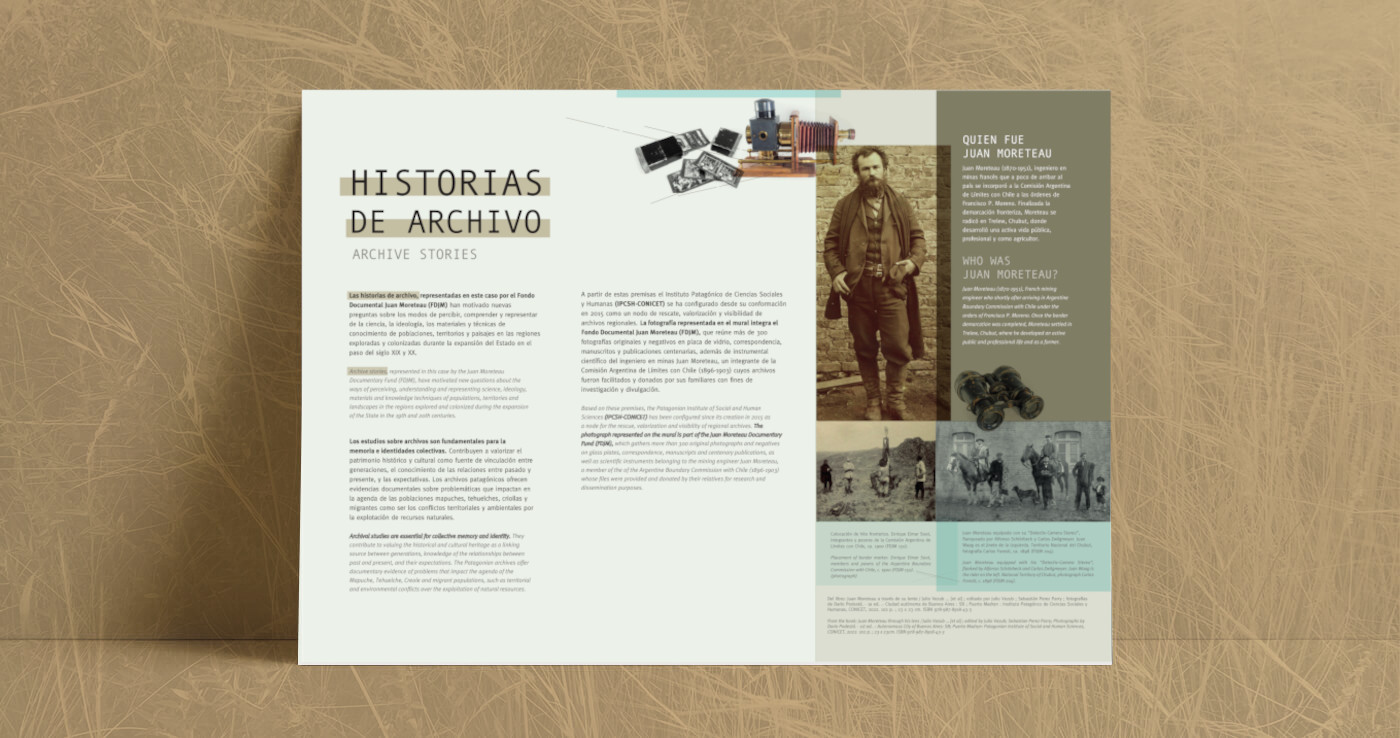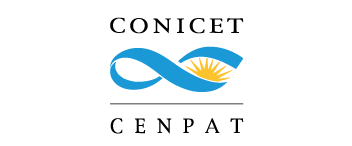Mural Nº5
Historias de archivo
Medidas / Size: 7 x 4 mts.
Ubicación / Location: Centro Científico Tecnológico CCT CONICET-CENPAT
Artista / Artist: Jorge Augusto Vásquez
Realización / Made: Septiembre 2022 a Julio 2023.
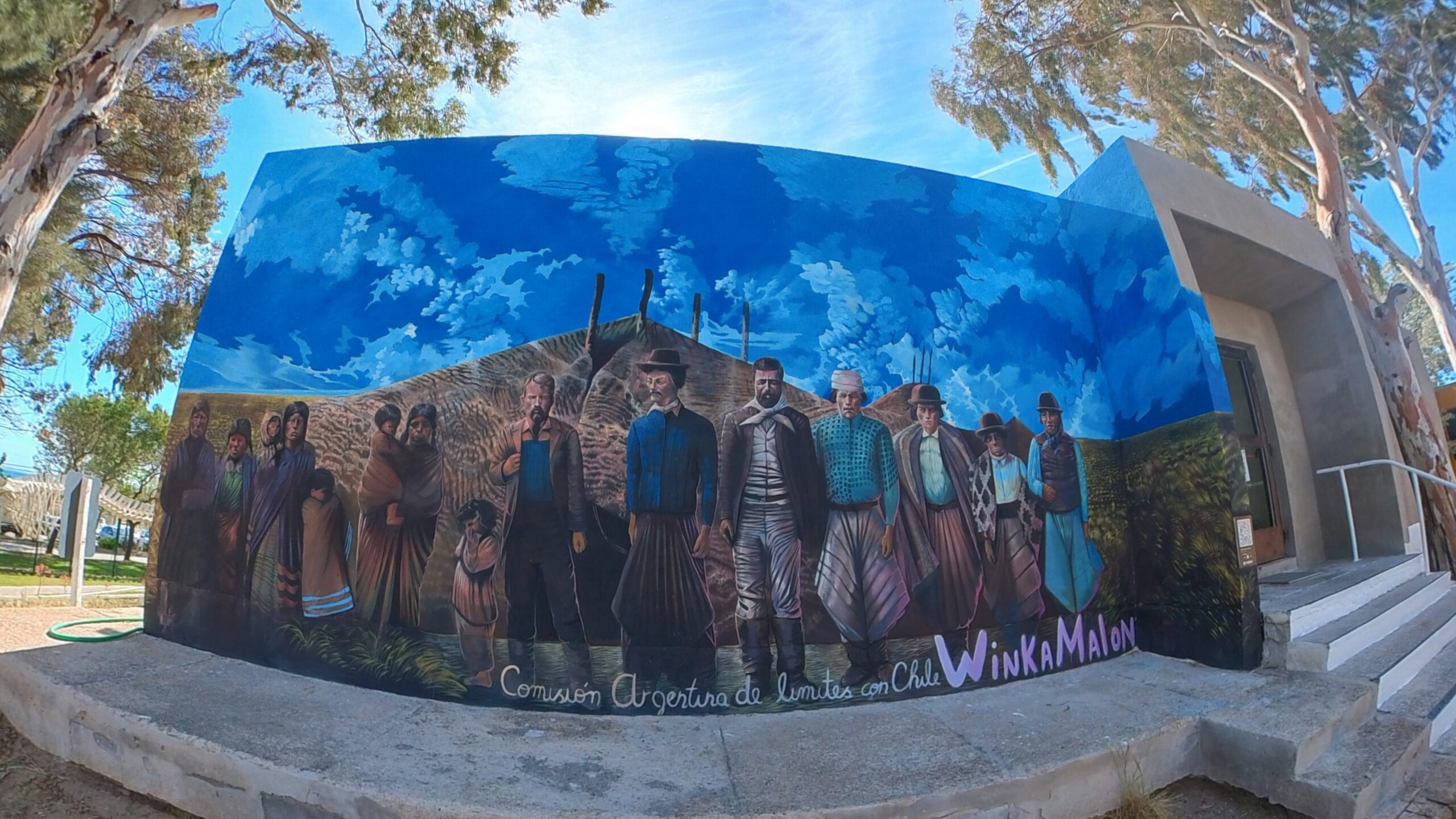
Las historias de archivo, representadas en este caso por el Fondo Documental Juan Moreteau (FDJM) han motivado nuevas preguntas sobre los modos de percibir, comprender y representar de la ciencia, la ideología, los materiales y técnicas de conocimiento de poblaciones, territorios y paisajes en las regiones exploradas y colonizadas durante la expansión del Estado en el paso del siglo XIX y XX.
Archive stories, represented in this case by the Juan Moreteau Documentary Fund (FDJM), have motivated new questions about the ways of perceiving, understanding and representing science, ideology, materials and knowledge techniques of populations, territories and landscapes in the regions explored and colonized during the expansion of the State in the 19th and 20th centuries.
El mural nos cuenta
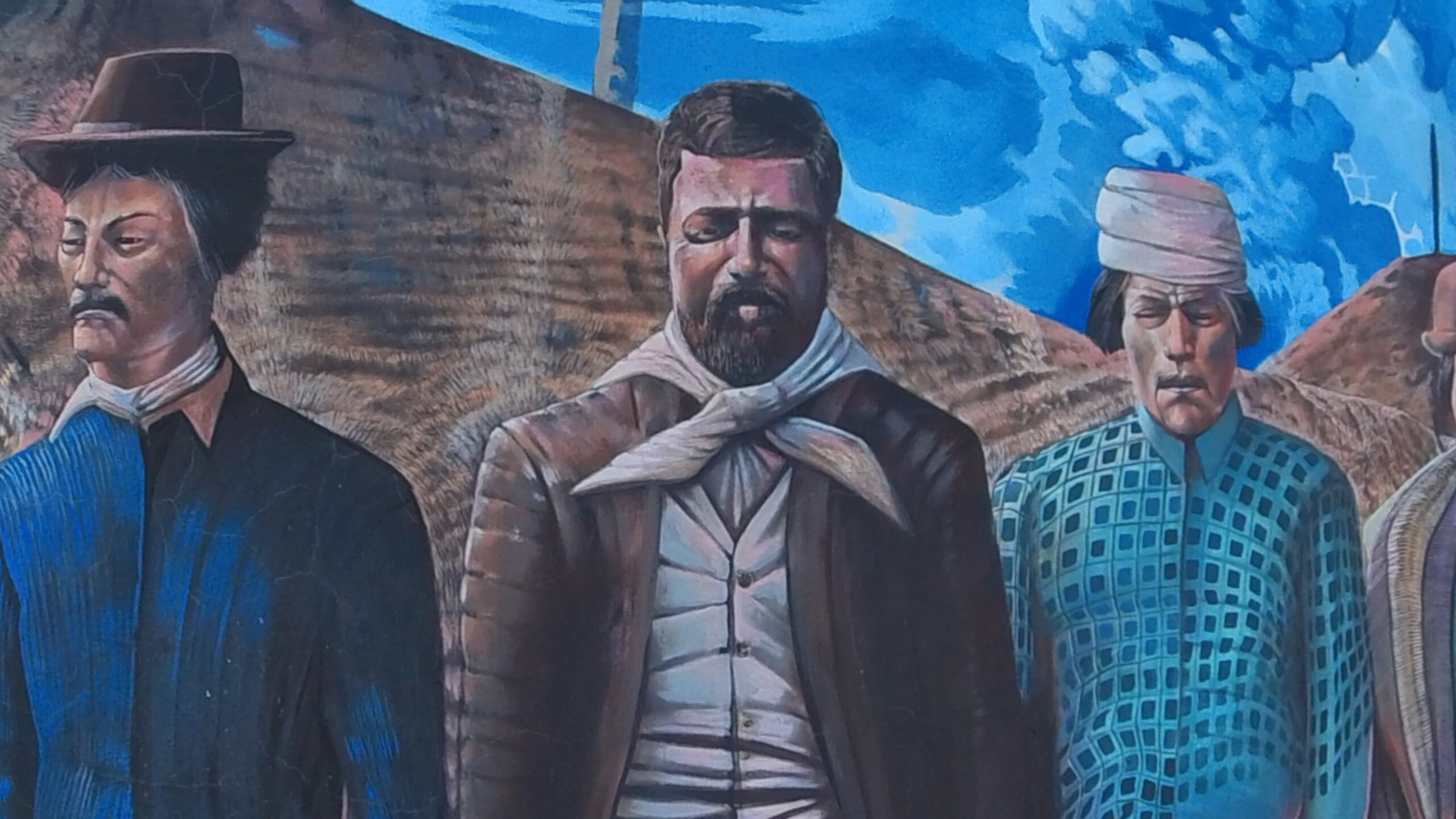
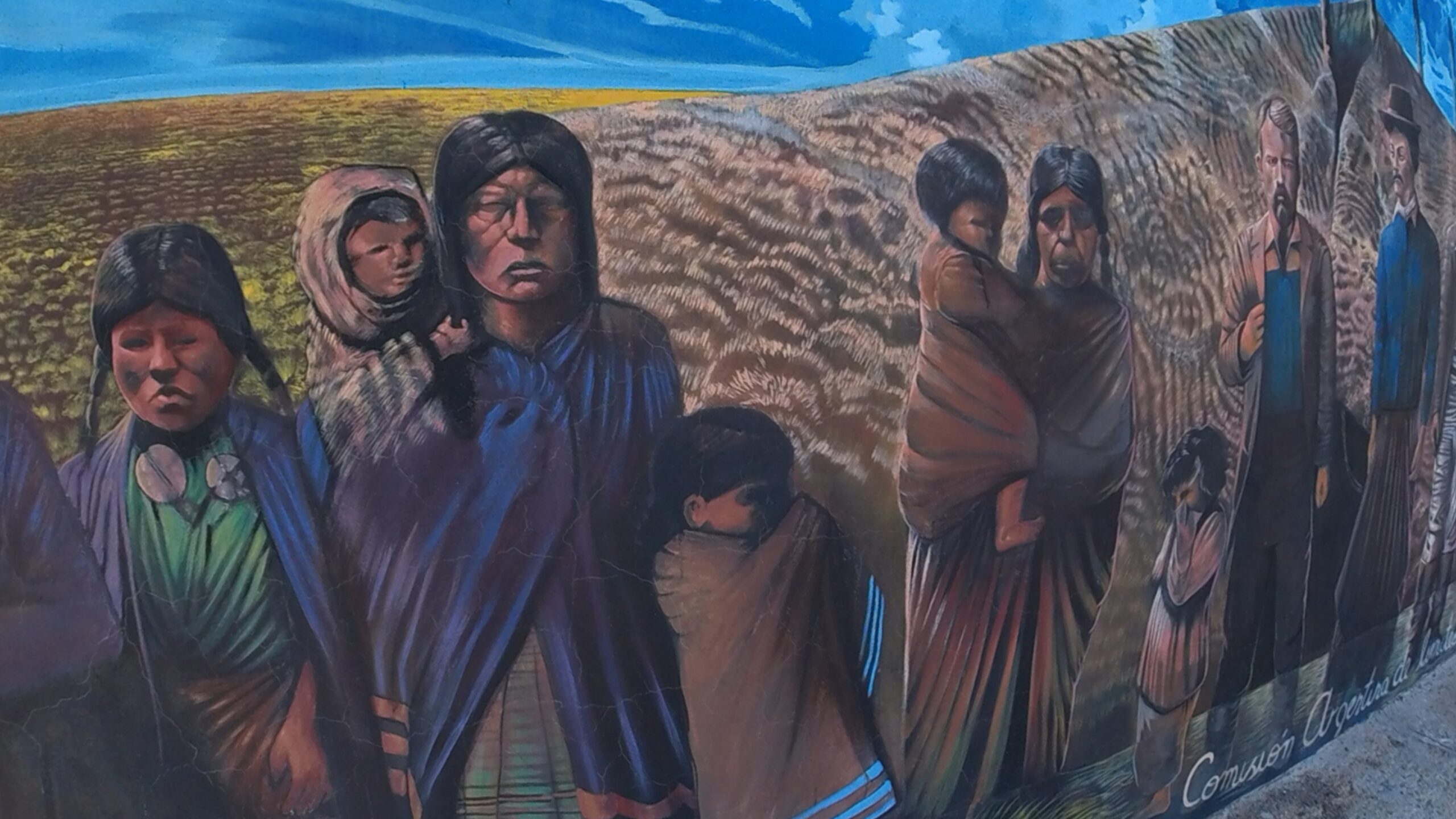
La importancia de los archivos
Los estudios sobre archivos son fundamentales para la memoria e identidades colectivas. Contribuyen a valorizar el patrimonio histórico y cultural como fuente de vinculación entre generaciones, el conocimiento de las relaciones entre pasado y presente, y las expectativas. Los archivos patagónicos ofrecen evidencias documentales sobre problemáticas que impactan en la agenda de las poblaciones mapuches, tehuelches, criollas y migrantes como ser los conflictos territoriales y ambientales por la explotación de recursos naturales.
The importance of archive stories
Archival studies are essential for collective memory and identity. They contribute to valuing the historical and cultural heritage as a linking source between generations, knowledge of the relationships between past and present, and their expectations. The Patagonian archives offer documentary evidence of problems that impact the agenda of the Mapuche, Tehuelche, Creole and migrant populations, such as territorial and environmental conflicts over the exploitation of natural resources.


El Fondo Documental Juan Moreteau
A partir de estas premisas el Instituto Patagónico de Ciencias Sociales y Humanas (IPCSH-CONICET) se ha configurado desde su conformación en 2015 como un nodo de rescate, valorización y visibilidad de archivos regionales. La fotografía representada en el mural integra el Fondo Documental Juan Moreteau (FDJM), que reúne más de 300 fotografías originales y negativos en placa de vidrio, correspondencia, manuscritos y publicaciones centenarias, además de instrumental científico del ingeniero en minas Juan Moreteau, un integrante de la Comisión Argentina de Límites con Chile (1896-1903) cuyos archivos fueron facilitados y donados por sus familiares con fines de investigación y divulgación.
The Juan Moreteau Documentary Fund
Based on these premises, the Patagonian Institute of Social and Human Sciences (IPCSH-CONICET) has been configured since its creation in 2015 as a node for the rescue, valorization and visibility of regional archives. The photograph represented on the mural is part of the Juan Moreteau Documentary Fund (FDJM), which gathers more than 300 original photographs and negatives on glass plates, correspondence, manuscripts and centenary publications, as well as scientific instruments belonging to the mining engineer Juan Moreteau, a member of the of the Argentine Boundary Commission with Chile (1896-1903) whose files were provided and donated by their relatives for research and dissemination purposes.
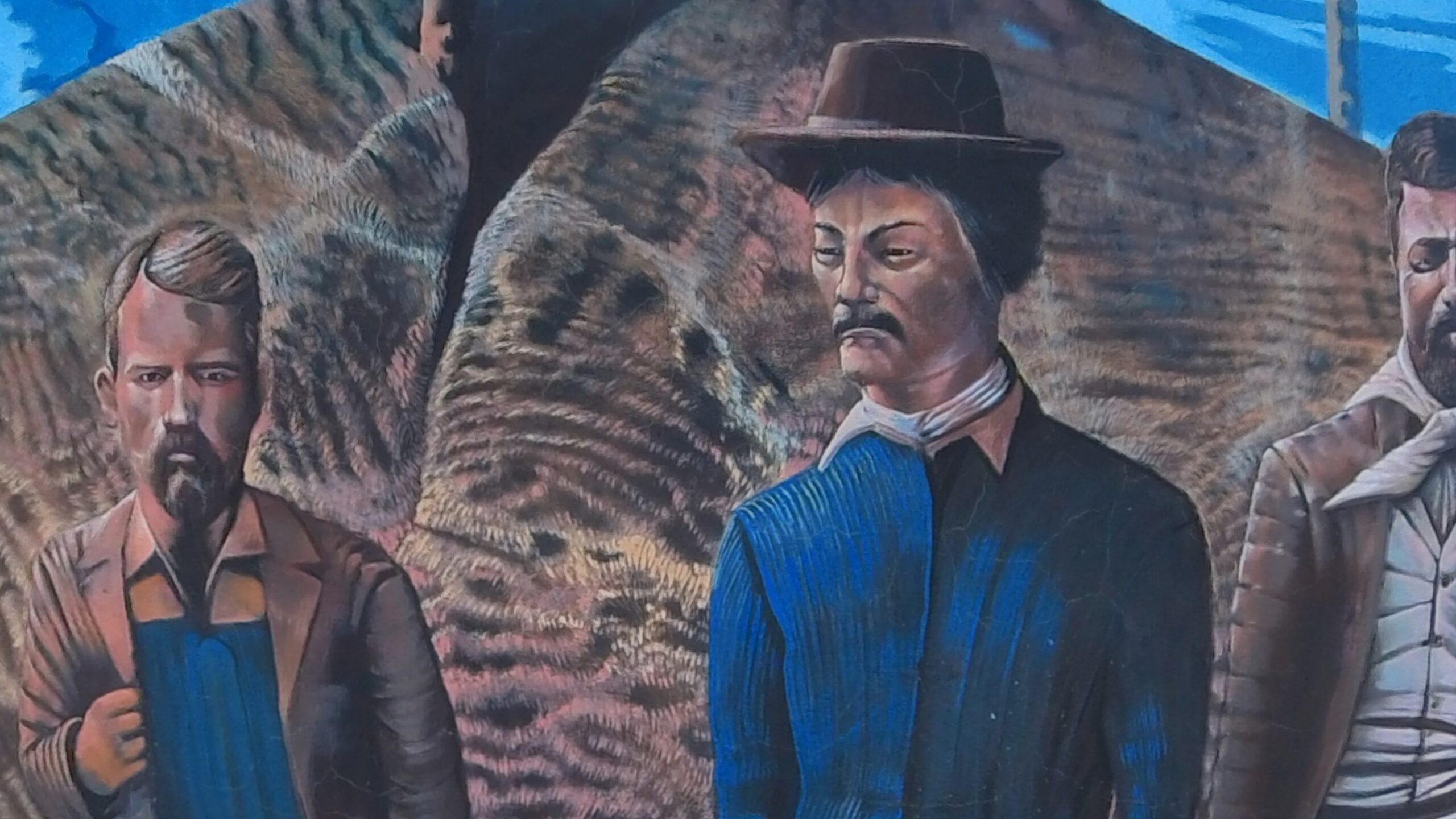
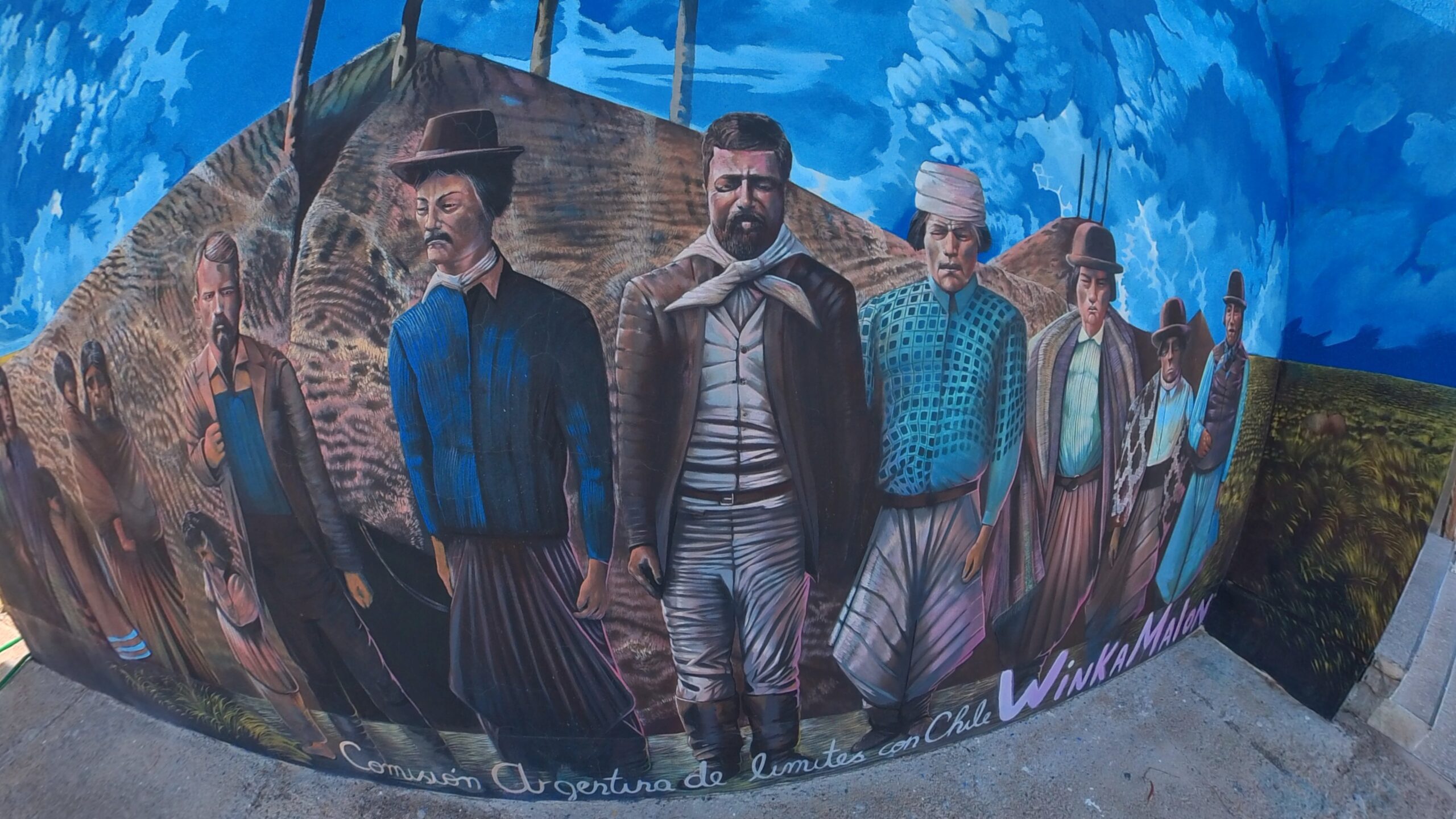
Fotografía representada en el mural
Familias de los caciques Kánkel y Juan Sakamata reciben a Ludovico von Platen y otros miembros de la Comisión Argentina de Límites con Chile en sus toldos del río Genoa, Territorio Nacional del Chubut, hacia 1896 (FDJM 007).
Photograph depicted on the mural
Families of Chiefs Kánkel and Juan Sakamata receive Ludovico von Platen and others members of the Boundary Commission between Argentina and Chile in their shelters of the Genoa River, Chubut National Territory, around 1896 (FDJM 007).
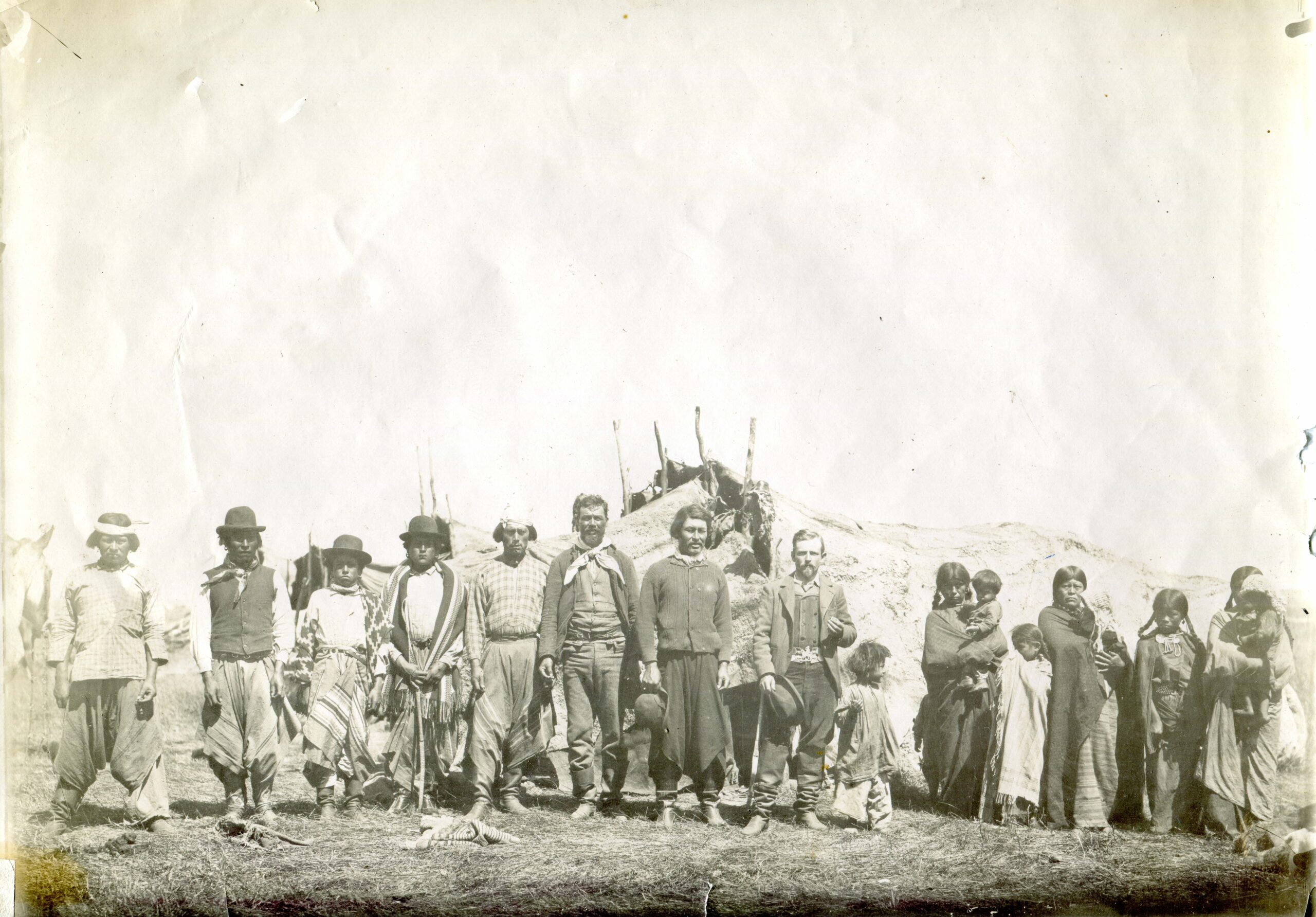
¿Quién fue Juan Moreteau?
Juan Moreteau (1870-1951), ingeniero en minas francés que a poco de arribar al país se incorporó a la Comisión Argentina de Límites con Chile a las órdenes de Francisco P. Moreno. Finalizada la demarcación fronteriza, Moreteau se radicó en Trelew, Chubut, donde desarrolló una activa vida pública, profesional y como agricultor.
Who Was Juan Moreteau?
Juan Moreteau (1870-1951), French mining engineer who shortly after arriving in Argentine Boundary Commission with Chile under the orders of Francisco P. Moreno. Once the border demarcation was completed, Moreteau settled in Trelew, Chubut, where he developed an active public and professional life and as a farmer.
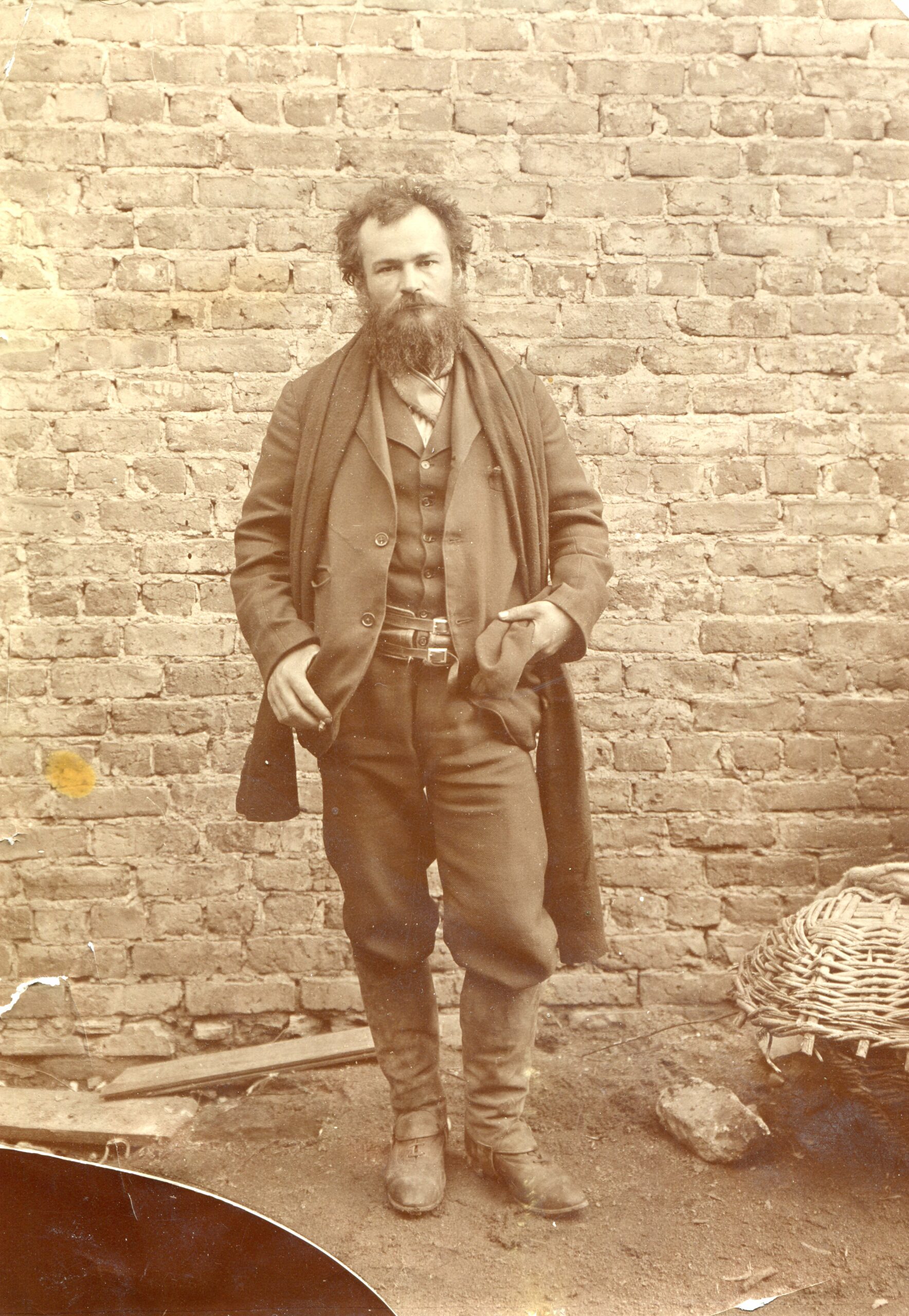
Colocación de hito fronterizo. Enrique Eimar Soot, integrantes y peones de la Comisión Argentina de Límites con Chile, ca. 1900 (FDJM 150).
Placement of border marker. Enrique Eimar Soot, members and pawns of the Argentine Boundary Commission with Chile, c. 1900 (FDJM 150).
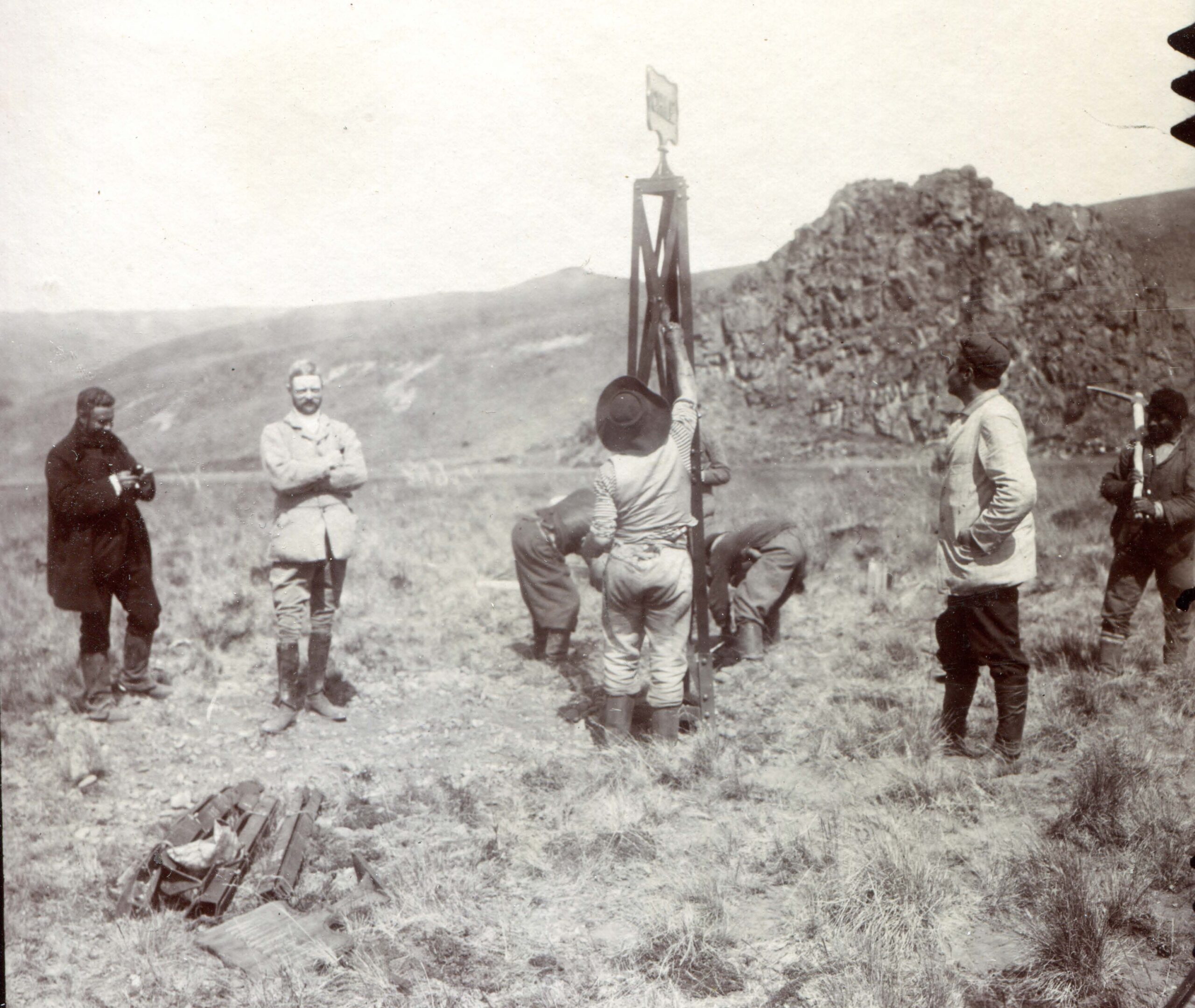
Juan Moreteau equipado con su “Detectiv-Camera Stereo”, flanqueado por Alfonso Schiörbeck y Carlos Zwilgmeyer. Juan Waag es el jinete de la izquierda. Territorio Nacional del Chubut, fotografía Carlos Foresti, ca. 1898 (FDJM 204).
Juan Moreteau equipped with his “Detectiv-Camera Stereo”, flanked by Alfonso Schiörbeck and Carlos Zwilgmeyer. Juan Waag is the rider on the left. National Territory of Chubut, photograph Carlos Foresti, c. 1898 (FDJM 204).

Del libro: Juan Moreteau a través de su lente / Julio Vezub … [et al] ; editado por Julio Vezub ; Sebastián Perez Parry ; fotografías de Darío Podestá. – 1a ed. .- Ciudad autónoma de Buenos Aires : SB ; Puerto Madryn: Instituto Patagónco de Ciencias Sociales y Humanas, CONICET, 2022. 102 p. ; 23 x 23 cm. ISBN 978-987-8918-43-3
From the book: Juan Moreteau through his lens / Julio Vezub … [et al] ; edited by Julio Vezub; Sebastian Perez Parry; Photographs by Dario Podestá. – 1st ed. .- Autonomous City of Buenos Aires: SB; Puerto Madryn: Patagonian Institute of Social and Human Sciences, CONICET, 2022. 102 p. ; 23 x 23cm. ISBN 978-987-8918-43-3

